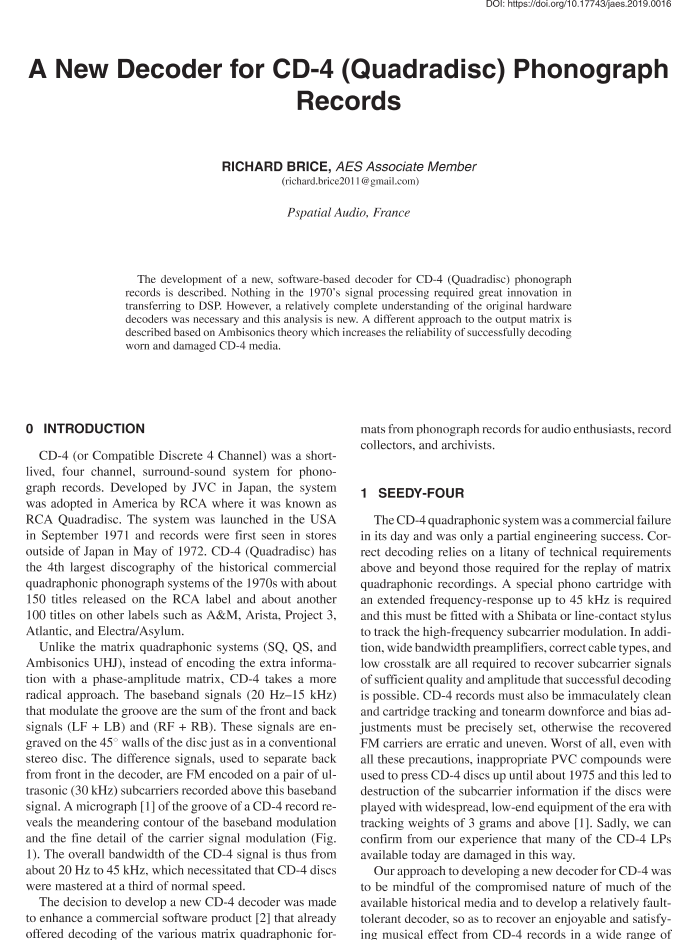Hi!
This section of RadioDiscussions is associated with the www.AmericanRadioHistory.Com website which can be seen at:
https://www.americanradiohistory.com/index.htm
You will find over 5 million pages of magazines and books and publications about radio, TV and related music, engineering and electronics hobbyist subjects.
Most of the publications are both individually and group searchable.
The site is now averaging over 20,000 page views a day. There is so much content that it would be great for users to mention (and link) interesting things they find.
Make comments, suggestions and corrections. There is so much radio history that is otherwise not accessible online or in public libraries; this website tries to open the door to radio history in the US as well as the UK, Australia and even parts of Europe. We are always interested in contributions, too.
This section of RadioDiscussions is associated with the www.AmericanRadioHistory.Com website which can be seen at:
https://www.americanradiohistory.com/index.htm
You will find over 5 million pages of magazines and books and publications about radio, TV and related music, engineering and electronics hobbyist subjects.
Most of the publications are both individually and group searchable.
The site is now averaging over 20,000 page views a day. There is so much content that it would be great for users to mention (and link) interesting things they find.
Make comments, suggestions and corrections. There is so much radio history that is otherwise not accessible online or in public libraries; this website tries to open the door to radio history in the US as well as the UK, Australia and even parts of Europe. We are always interested in contributions, too.


